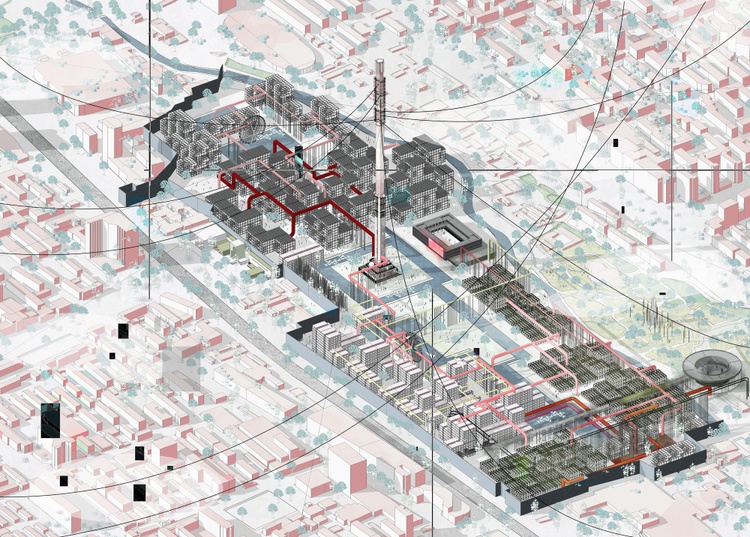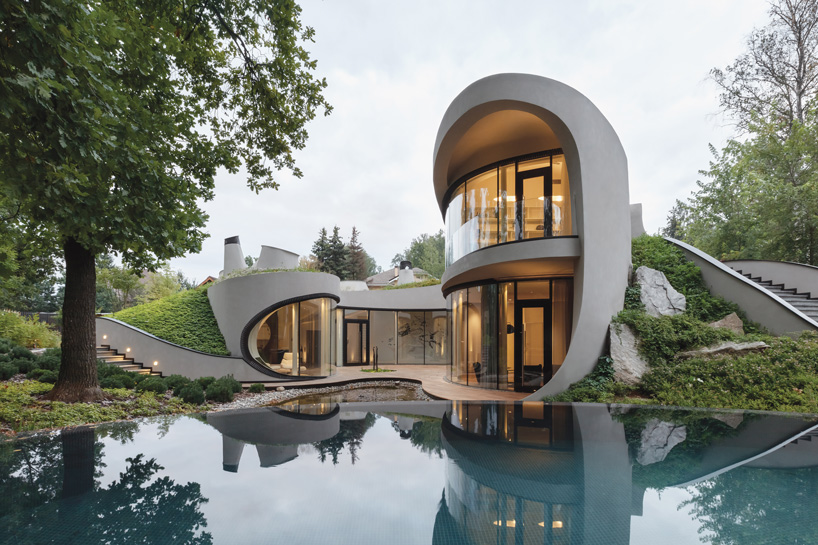A Comprehensive Overview of Architectural Styles and Their Influence on Modern City Planning and Development
Architectural designs have actually long served as a mirror to the social worths and technological innovations of their time, playing a critical duty in shaping modern city preparation and development. From the majesty of Neoclassicism to the practical method of Brutalism, each design has introduced special concepts that affect metropolitan aesthetic appeals and functionality.
Historic Review of Architectural Styles

As societies transitioned via the Center Ages, Gothic design emerged, identified by its verticality and complex outlining, mirroring the spiritual desires of the age. The Renaissance marked a rebirth of classic suitables, merging art and style in ingenious ways that affected subsequent styles throughout Europe.

Today, building designs remain to progress, driven by globalization and sustainability concerns, showing a vibrant interplay between heritage and innovation. This historical review underscores the relevance of style as a mirror of societal development and as a driver for city development.
Secret Architectural Styles Explained
The variety of building designs reflects the myriad influences that shape our developed atmosphere, each personifying distinctive characteristics and cultural relevances. Trick building designs consist of Timeless, Gothic, Baroque, Modernism, and Postmodernism, each representing distinct historical contexts and aesthetic viewpoints.
Classic design, rooted in old Greece and Rome, highlights balance, percentage, and the usage of columns (cda architects). In comparison, Gothic style, prospering in the Center Ages, is identified by sharp arcs, ribbed safes, and flying buttresses, developing a heavenly high quality in sanctuaries. Baroque design, emerging in the 17th century, is marked by grandeur, elaborate ornamentation, and a dynamic interaction of light and darkness
Innovation, which got momentum in the early 20th century, focuses on feature over kind, using new materials like steel and glass to create minimal frameworks. Postmodernism, reacting against the austerity of Innovation, welcomes eclecticism and historic reference, frequently incorporating spirited components and irony.

Effect On Urban Planning
In forming the growth of cities, building designs significantly influence metropolitan planning decisions. The option of building design usually dictates the aesthetic appeals, capability, and total personality of city settings.
Furthermore, architectural styles can impact zoning laws and land utilize policies. Urban coordinators should think about the prevailing architectural trends when designing districts, ensuring that new advancements balance with existing structures. This consideration fosters natural city landscapes and boosts neighborhood identity.
The implementation of specific building designs can likewise influence socioeconomic factors within a city. High-end modern styles might draw in affluent residents and services, leading to gentrification, while much more inexpensive real estate services might focus on practical and lasting styles to suit diverse populaces. cda architects. Eventually, the interaction between building styles and city planning develops dynamic cities that mirror both historic context and modern requirements, shaping the lived experiences of their residents
Sustainability and Modern Architecture
Building designs play an essential role in resolving contemporary difficulties, particularly in the realm of sustainability. As city areas broaden and environmental worries magnify, modern-day architecture progressively welcomes sustainable style concepts that focus on energy effectiveness, source conservation, and very little eco-friendly impact.
Contemporary architectural motions, such as biophilic design and green design, supporter for structures that balance with their environments, utilizing natural materials and advertising biodiversity. These designs frequently include renewable energy sources, such as photovoltaic panels and wind generators, to reduce reliance on nonrenewable fuel sources and reduced carbon impacts.
Moreover, the integration of look at this now sophisticated innovations, such as wise structure systems, boosts energy management, optimizing resource usage while making sure passenger convenience. Cutting-edge water monitoring approaches, consisting of rain harvesting and greywater recycling, more add to sustainable urban environments.
Especially, sustainability expands past environmental issues; it includes social and economic dimensions. By fostering community health and advertising inclusivity, modern-day architectural styles align with sustainable development objectives. Subsequently, the development of architectural practices remains to form durable cities that not only meet the needs of today however likewise protect the future for generations to come.
Neighborhood Interaction in Design
Area interaction in design works from this source as a critical bridge between engineers and the populaces they serve, guaranteeing that the constructed atmosphere reflects the demands and goals of its customers. This collective process welcomes neighborhood participants to contribute their understandings and preferences, cultivating a sense of possession and obligation towards the areas they live in.
Efficient area interaction uses different approaches, such as workshops, surveys, and public discussion forums, to gather varied viewpoints. These methods promote a two-way dialogue, permitting architects to comprehend neighborhood contexts while empowering citizens to voice their issues and needs. This inclusivity not only improves the layout quality however additionally promotes social equity by dealing with the one-of-a-kind challenges dealt with by marginalized teams.
Moreover, community interaction can bring about innovative services that may not emerge in a standard layout procedure. By integrating local understanding and social worths, architects can create spaces that resonate more deeply with individuals, boosting use and sustainability. Ultimately, prioritizing community interaction in style procedures causes settings that support social communications, assistance health, and reinforce community ties, thereby playing an essential function in forming modern-day urban landscapes.
Conclusion
Architectural designs have actually profoundly influenced Get More Information modern city preparation and advancement, reflecting evolving social and technological contexts. As cities continue to expand and adapt, the recurring discussion between building heritage and contemporary layout concepts will continue to be necessary in producing comprehensive, lively spaces that boost high quality of life and advertise social equity.